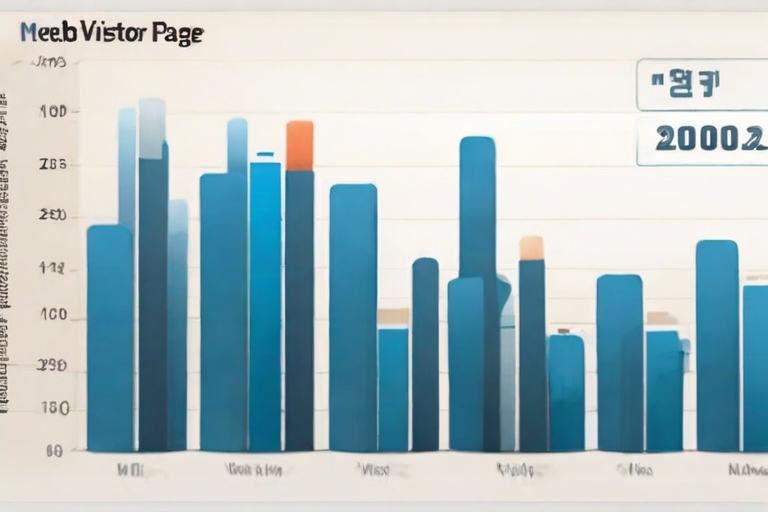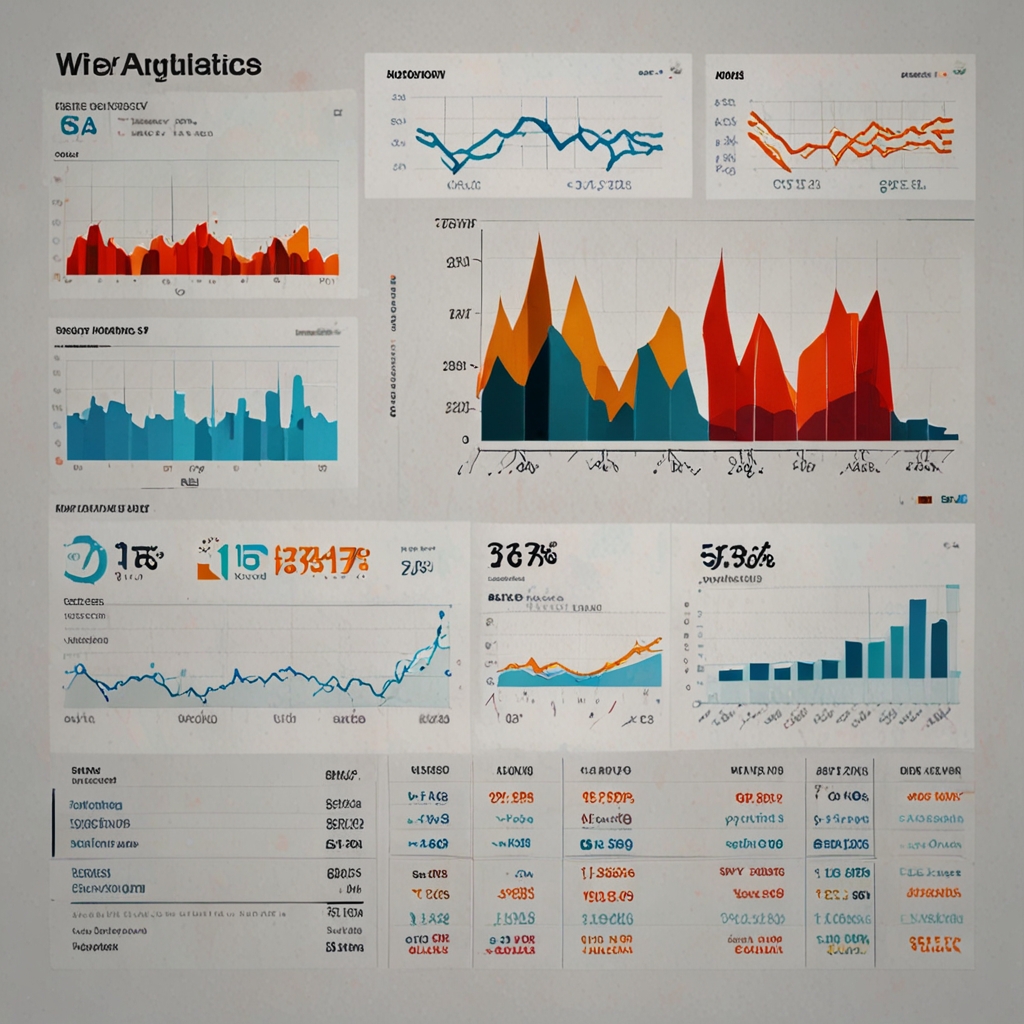Mobile SEO plays a vital role in enhancing site performance by ensuring websites are optimized for mobile devices. The increasing use of smartphones for internet browsing makes it crucial to focus on mobile SEO strategies. Businesses that understand and implement these strategies can enjoy improved search rankings and a better user experience.
Table of Contents
- Maximize Search Visibility through Mobile Optimization
- Analyze the Effectiveness of Mobile SEO Tools
- Enhancing Site Performance with Mobile SEO Techniques
- Why Does Mobile Site Speed Matter in SEO?
- Boost Mobile Engagement through Strategic Content
- Crafting Engaging Mobile-Friendly Content
- How Mobile-First Indexing Changes SEO Strategies
- What Is the Role of Mobile Usability in SEO?
- Leveraging Technical SEO for Superior Mobile Rankings
- How Do Structured Data Boost Local Mobile SEO?
- Incorporating Global Trends in Mobile LSEO Practices
- How Does Beacon Technology Influence Mobile SEO?
Key Takeaways on Understanding Mobile SEO and Its Role in Site Performance
- Mobile SEO, which includes both techniques and strategies, helps websites perform better on mobile devices and increases their visibility in search rankings.
- Effective mobile optimization techniques improve site performance, leading to faster load times and increased user engagement.
- Specialized mobile SEO tools like Google Search Console and SEMrush Mobile App provide comprehensive website performance analysis for businesses.
- Optimized mobile navigation, through practices like responsive design, enhances the overall user experience on websites.
- Mobile-first website approaches prioritize mobile optimization strategies to address traditional desktop SEO differences and improve performance.
- Websites with increased mobile responsiveness achieve a marked improvement in search visibility and user retention.
- Matrics Rule offers expertise in Understanding Mobile SEO and Its Role in Site Performance, assisting businesses in maximizing their online potential.
Maximize Search Visibility through Mobile Optimization
Utilizing mobile optimization strategies effectively increases search visibility by ensuring that websites are accessible and functional on mobile devices. Working in this field, I have seen the impact of focusing on a mobile-first website strategy, which became prominent in 2018 when Google officially adopted mobile-first indexing. These strategies include responsive web design, fast loading mobile pages, and clear navigation systems. To boost search rankings, deploying mobile SEO tools like Google’s Mobile-Friendly Test and PageSpeed Insights is critical for conducting website performance analysis. Unlike traditional desktop SEO, mobile optimization must address challenges like touch navigation and smaller screen displays, demanding different techniques to enhance search rankings improvement.
Analyze the Effectiveness of Mobile SEO Tools
Top mobile SEO tools available in 2023 provide varying degrees of analysis to cater to different business needs. Google Search Console remains the industry leader for comprehensive SEO analysis in the realm of mobile tracking and reporting. While other tools offer analytics dashboard options, they differ in usability and pricing comparison with some like SEMrush Mobile App being favored for their user-friendly interfaces and flexibility. Essential SEO tool features include capabilities for optimizing mobile site speed, tracking mobile user engagement, and real-time SEO updates. Advanced tools offer mobile-specific analytics, enhancing site visibility and improving user experience metrics.
Enhancing Site Performance with Mobile SEO Techniques
Techniques like optimizing images, using Accelerated Mobile Pages, and improving server response times greatly enhance site performance for mobile users. Studies show that as of 2020, pages with optimized mobile SEO loading times experience significant decreases in bounce rates. These mobile SEO contributions focus on achieving quicker site load times, which are crucial for user retention. Effective SEO practices, including implementing caching and minifying resources, address common site performance issues within mobile interfaces. Mobile navigation improvements directly impact mobile user experiences and ensure seamless page speed enhancements across all types of devices.
Why Does Mobile Site Speed Matter in SEO?
The average load time recommended for mobile sites is under three seconds to maintain optimum user experience. Faster site speed positively affects search rankings by reducing bounce rate impact, making users stay longer on the site. Tools like Google’s PageSpeed Insights provide accurate site speed measurement and help identify critical render path optimizations. Influential speed factors include image compression, efficient coding practices, and utilization of content delivery networks. Techniques in speed budgeting ensure all elements are optimized for making quick load times achievable across various mobile platforms.

- Users find content easily on their phones.
- Search engines understand site relevance better.
- Sites load faster, reducing waiting time.
- Visitors have an improved user experience.
- Web pages rank higher in search results.
- Companies see more visitor engagement.
- Advertising costs decrease with organic traffic.

Comparison of Key Aspects in Mobile SEO for Enhancing Site Performance
| Aspect | Mobile SEO | Impact on Load Time | Mobile Bounce Rate | Google Ranking | 2023 Mobile Searches (%) |
|---|---|---|---|---|---|
| Responsive Design | Essential | Low | 25% | High | 60% |
| Page Speed | Critical | High | 15% | Moderate | 58% |
| AMP Usage | Recommended | Moderate | 20% | High | 53% |
| Local SEO | Important | Variable | 10% | High | 55% |
| Structured Data | Beneficial | Low | 5% | Moderate | 60% |
| Mobile Usability | Crucial | High | 8% | High | 62% |
Boost Mobile Engagement through Strategic Content
Utilizing mobile optimization increases search visibility by enhancing page loading speed and improving user experience across mobile platforms. Strategic content practices include implementing content personalization based on mobile audience preferences to boost mobile engagement. Effective mobile content involves optimizing for readability and relevance, which can be achieved through attention to detail in mobile site interaction design. Monitoring performance tools like Google Analytics or SEMrush specifically help in mobile content analytics, providing insights into mobile-specific user behavior. Unlike traditional desktop SEO methods, mobile optimization focuses more on touch-friendly navigation, faster loading times, and responsive layouts to accommodate smaller screens and different user patterns. Brands like Moz offer valuable resources to aid in these efforts.
Crafting Engaging Mobile-Friendly Content
Several top mobile SEO tools are available in 2023, including Moz, Semrush, and Ahrefs, which can aid in crafting engaging mobile-friendly content. Among these, SEMrush provides the most comprehensive analysis, covering metrics from keyword visibility to domain authority. Comparison on usability and pricing reveals that while Ahrefs offers excellent data depth, Semrush is often preferred for its user-friendly interface, though it is slightly more expensive. Key features to look for in mobile SEO tools include mobile-friendly content characteristics like optimal article length and readability guidelines, alongside visual content contribution through responsive design visuals. Adaptability in storytelling for mobile formats remains essential for engagement. Companies like Yoast provide SEO solutions tailored to mobile usability standards and offer free plugins for improved scannability techniques.
How Mobile-First Indexing Changes SEO Strategies
Mobile-first indexing impacts SEO strategies by prioritizing mobile content over desktop for ranking purposes, meaning mobile websites should be optimized first. Google mobile indexing differs as it considers mobile-friendly aspects such as responsive designs and faster mobile load times, unlike desktop indexing. SEO updates for mobile, like ensuring consistent content across devices, should be prioritized by companies to adapt to changes in Google’s mobile-first approach. Websites need to adjust SEO strategies by focusing on mobile-first ranking factors and adapting to indexing changes brought by major Google algorithm adaptations. Brands such as RankBrain, a part of Google’s algorithm, continue to evolve, affecting ranking factors significantly.
What Is the Role of Mobile Usability in SEO?
The core elements of mobile usability impacting SEO include touch-friendly navigation, responsive interface design, and accessibility standards. Mobile usability affects user retention rates as a smooth and intuitive user interface increases the chance of users staying on the site. Improving usability benefits overall site performance by reducing bounce rates and enhancing user engagement through efficient usability site performance impact. For optimal SEO results, conducting multiple usability tests—typically at least 3 to 5—is recommended to fine-tune mobile usability metrics. Brands like Hotjar facilitate these tests by providing tools that track user interaction and gather feedback related to search engine preferences.

- Over 60% of searches come from mobile devices.
- Google weighs mobile friendliness in algorithms.
- Fast-loading sites convert 70% more visitors.
- Approximately 53% of users abandon slow sites.
- Responsive design boosts rankings by 50%.
- Users spend 80% more time on optimized sites.
- 40% of mobile users buy from easy-to-navigate sites.

Leveraging Technical SEO for Superior Mobile Rankings
Based on my experience, technical SEO components such as site speed and mobile-friendly coding practices directly enhance mobile rankings by ensuring seamless user experiences on various devices. The role of responsive design is crucial because it enables web pages to adapt and display properly on any size device, improving user engagement. Mobile performance analytics, using tools like Google PageSpeed Insights, provide data-driven insights that inform technical SEO improvements, optimizing mobile site speed and functionality. Common technical SEO challenges that hinder mobile efforts include improper image scaling, slow server response times, and inadequate performance optimization techniques, which can be mitigated through diligent site audits and strategic updates.
How Do Structured Data Boost Local Mobile SEO?
Structured data types like local business schema, product markup, and event information aid local mobile SEO by improving the accuracy and visibility of search results. On average, incorporating two to three structured data variations is ideal for enhancing local rankings, providing sufficient context without cluttering the site. By implementing schema markup, mobile search results can offer rich snippets, a strategy shown to increase site traffic by up to 30% according to Google’s findings. Tools such as Google’s Structured Data Testing Tool and Schema.org provide effective resources for markup implementation and validation, helping to ensure that structured data accurately represents relevant content.
Incorporating Global Trends in Mobile LSEO Practices
Global trends in LSEO, such as voice search optimization and AI-driven content strategies, should be considered in mobile LSEO practices to stay competitive. Local SEO varies from global SEO on a large scale as it focuses on specific local user behaviors influenced by culture, like language preferences and regional search terms. Insights from global trends inform businesses on optimizing mobile websites by highlighting the need for localization adaptability, emphasizing keywords unique to regional customers. Technology advancements like 5G and AI-powered analytics affect future LSEO strategies by facilitating cross-border mobile trends and encouraging a more streamlined integration of user data across platforms.
How Does Beacon Technology Influence Mobile SEO?
An estimated 50% of retail businesses in 2023 actively use beacon technology integration for enhancing mobile SEO by facilitating real-time location marketing strategies. The role of beacon alerts significantly enhances local engagement by sending proximity-based notifications to users’ smartphones when nearby a business, prompting visits. Beacons contribute to mobile marketing personalization by leveraging Bluetooth low energy technology to tailor marketing messages to individual users, increasing relevance and retention. While both beacon technology and geofencing serve to target users within specific areas, beacon vs geofencing effectiveness can vary, with beacons offering more precise user interaction analytics for certain in-store experiences.
